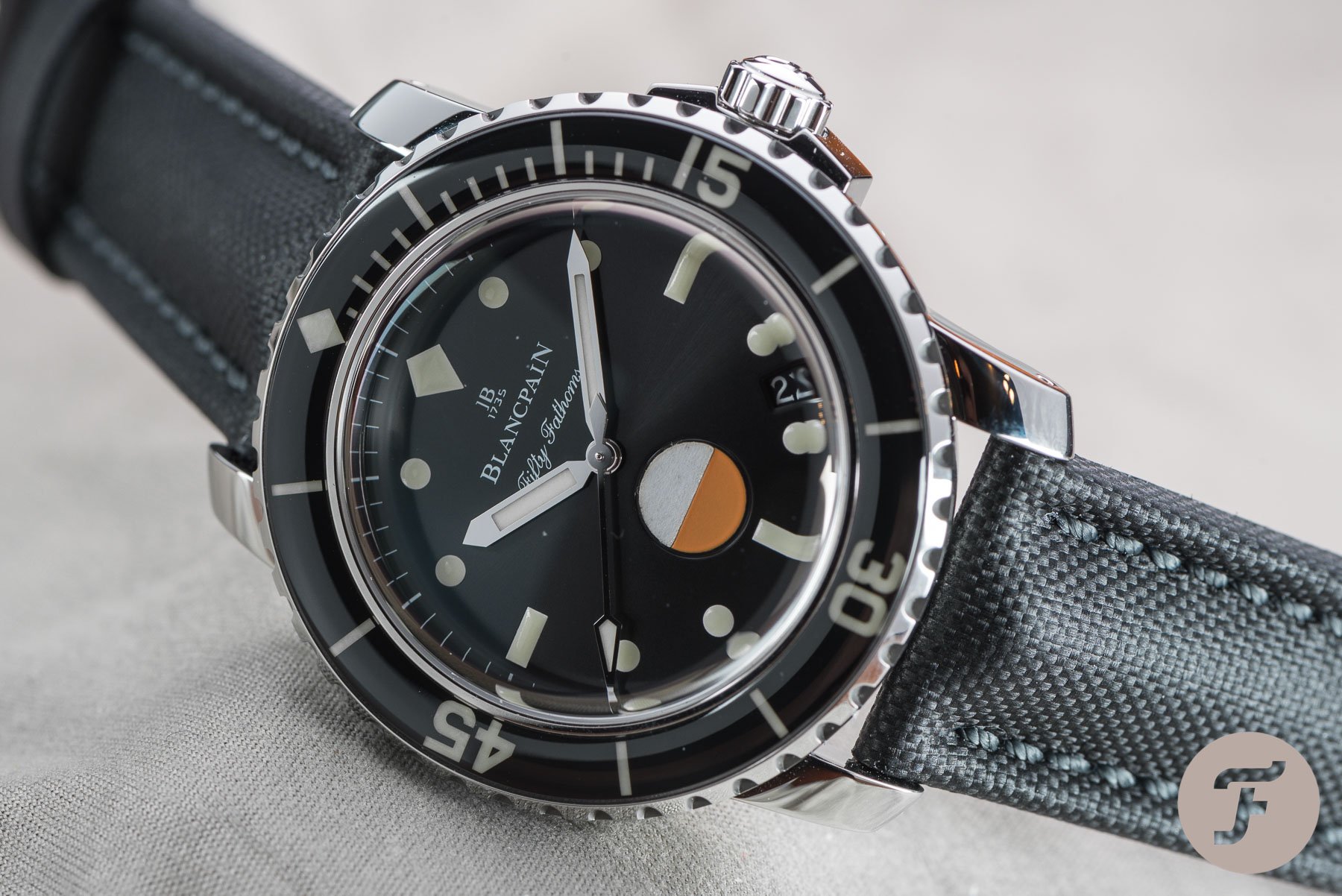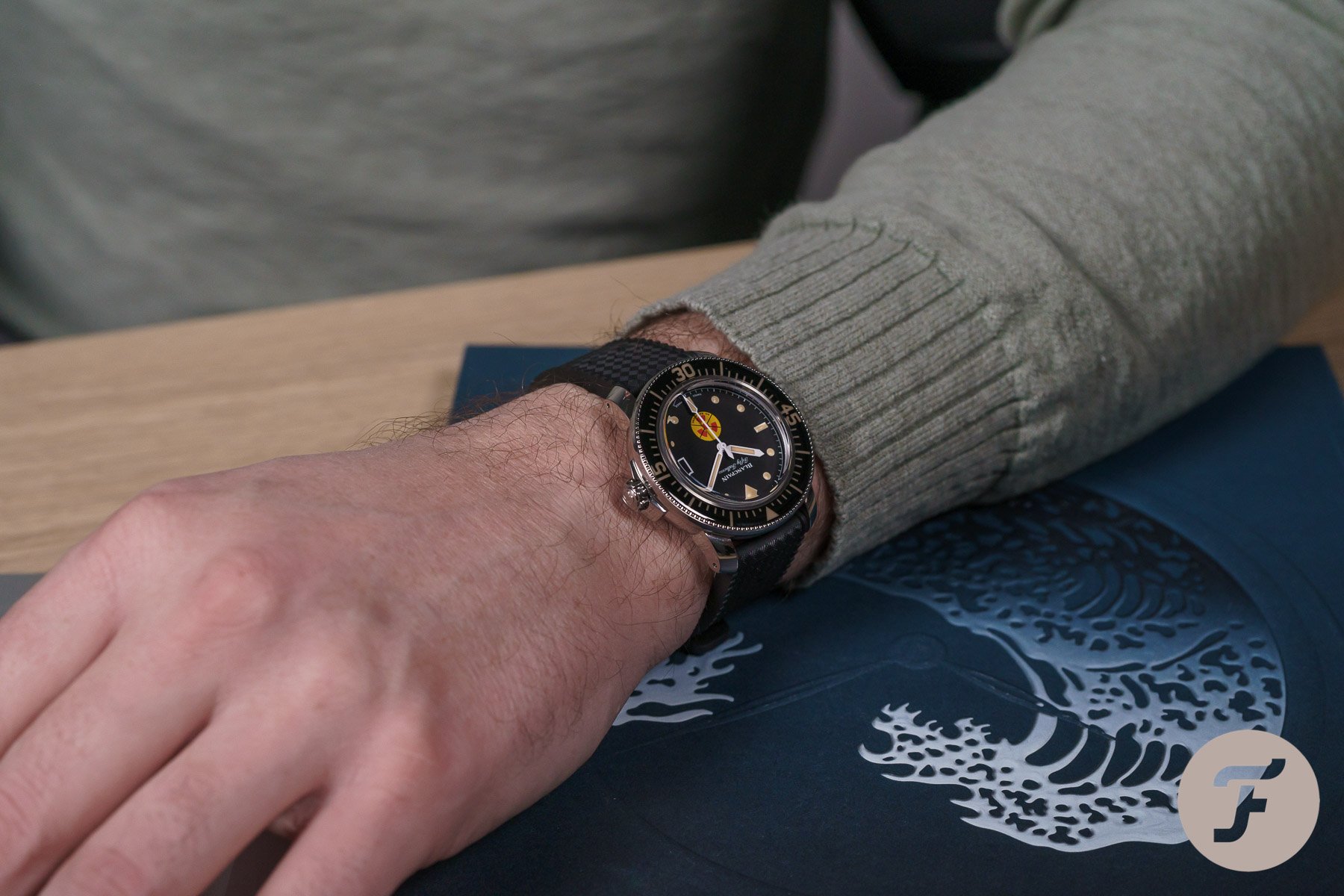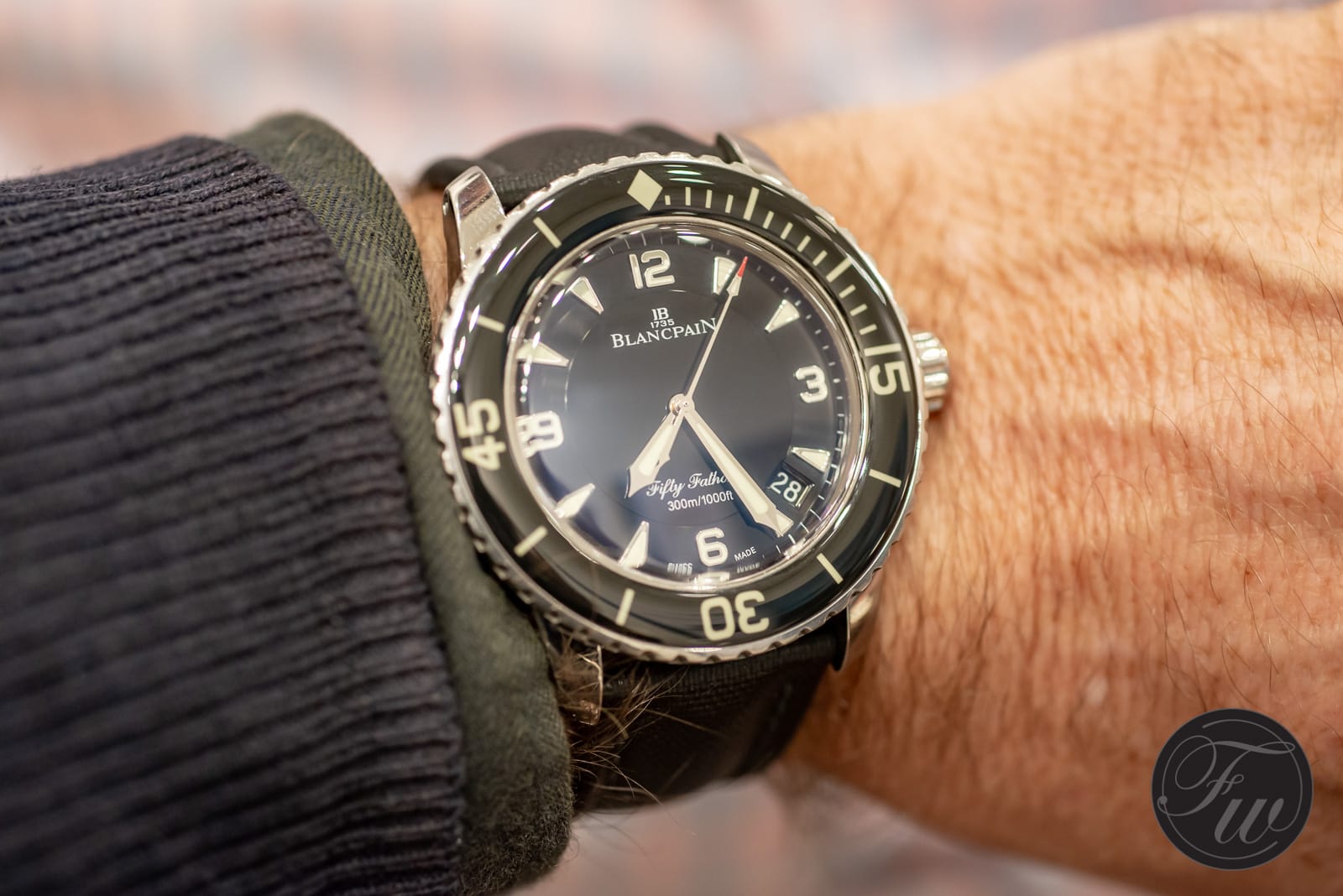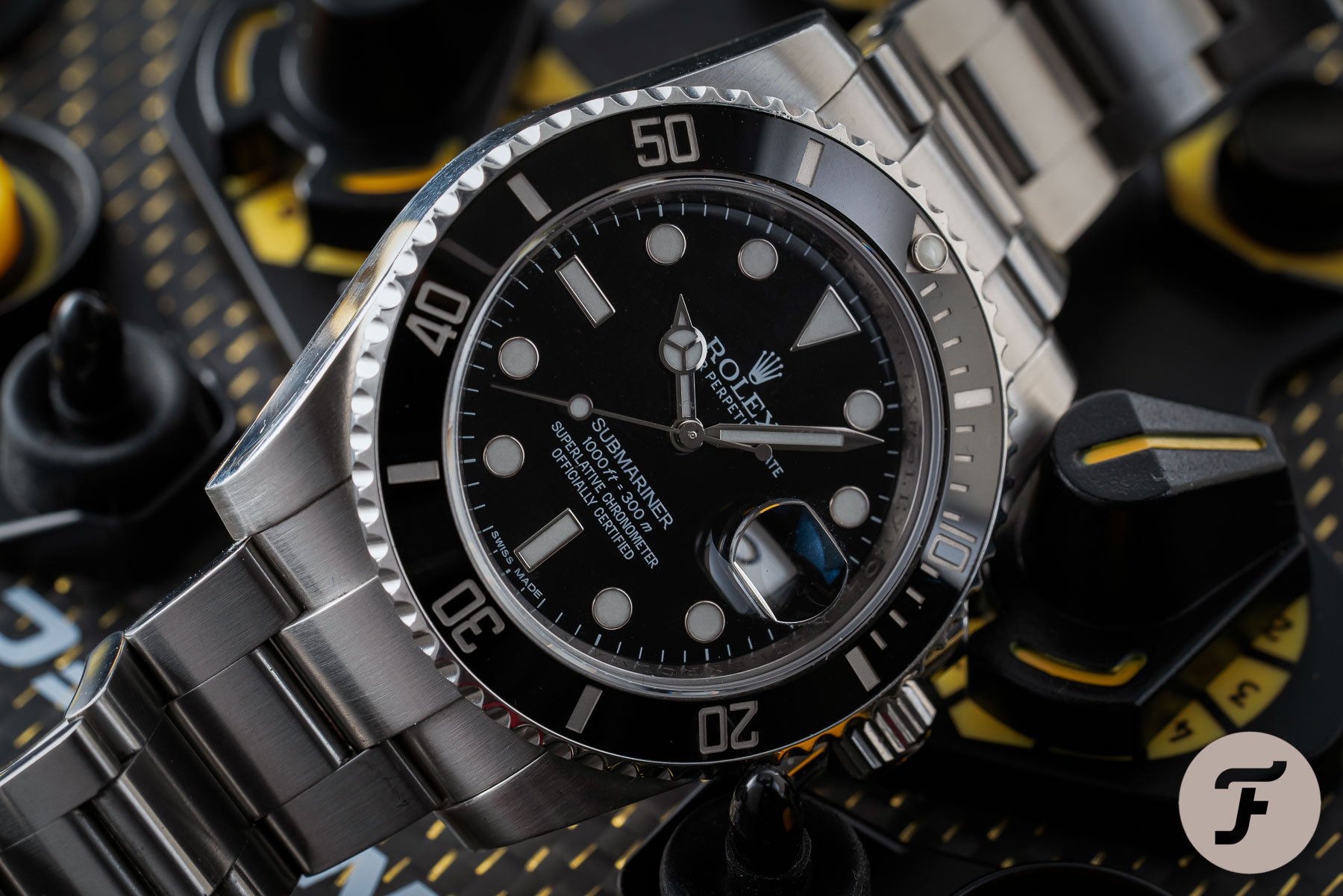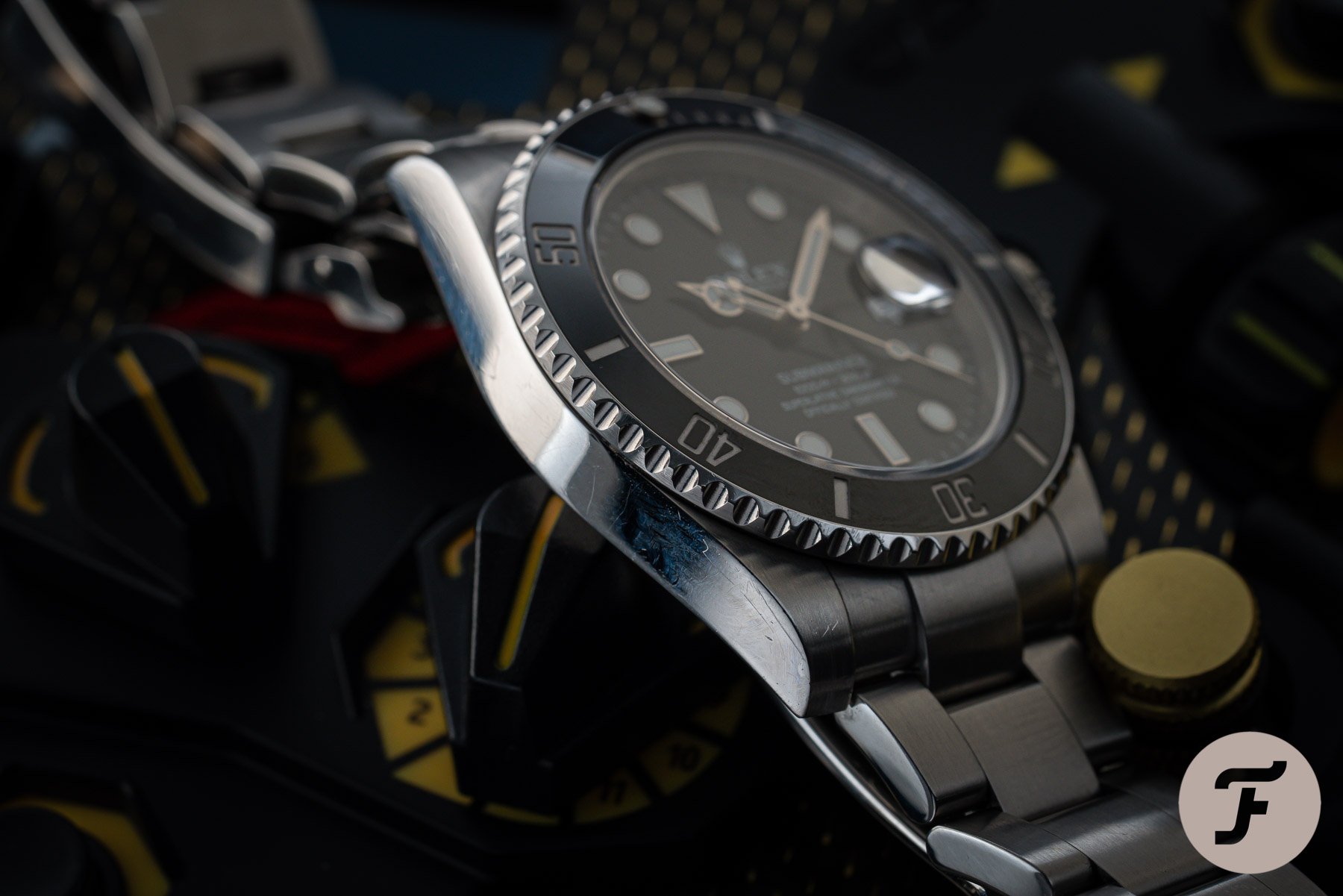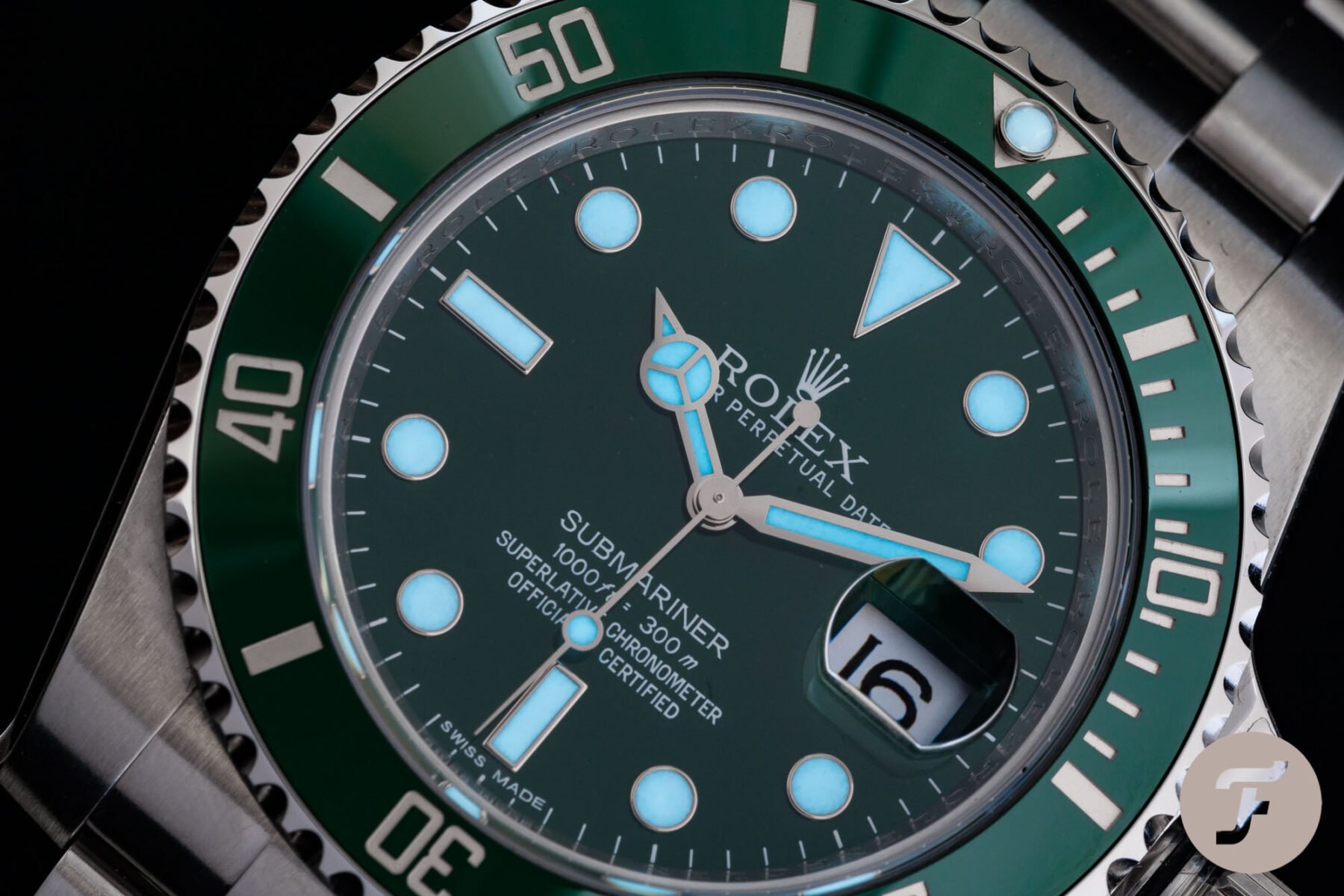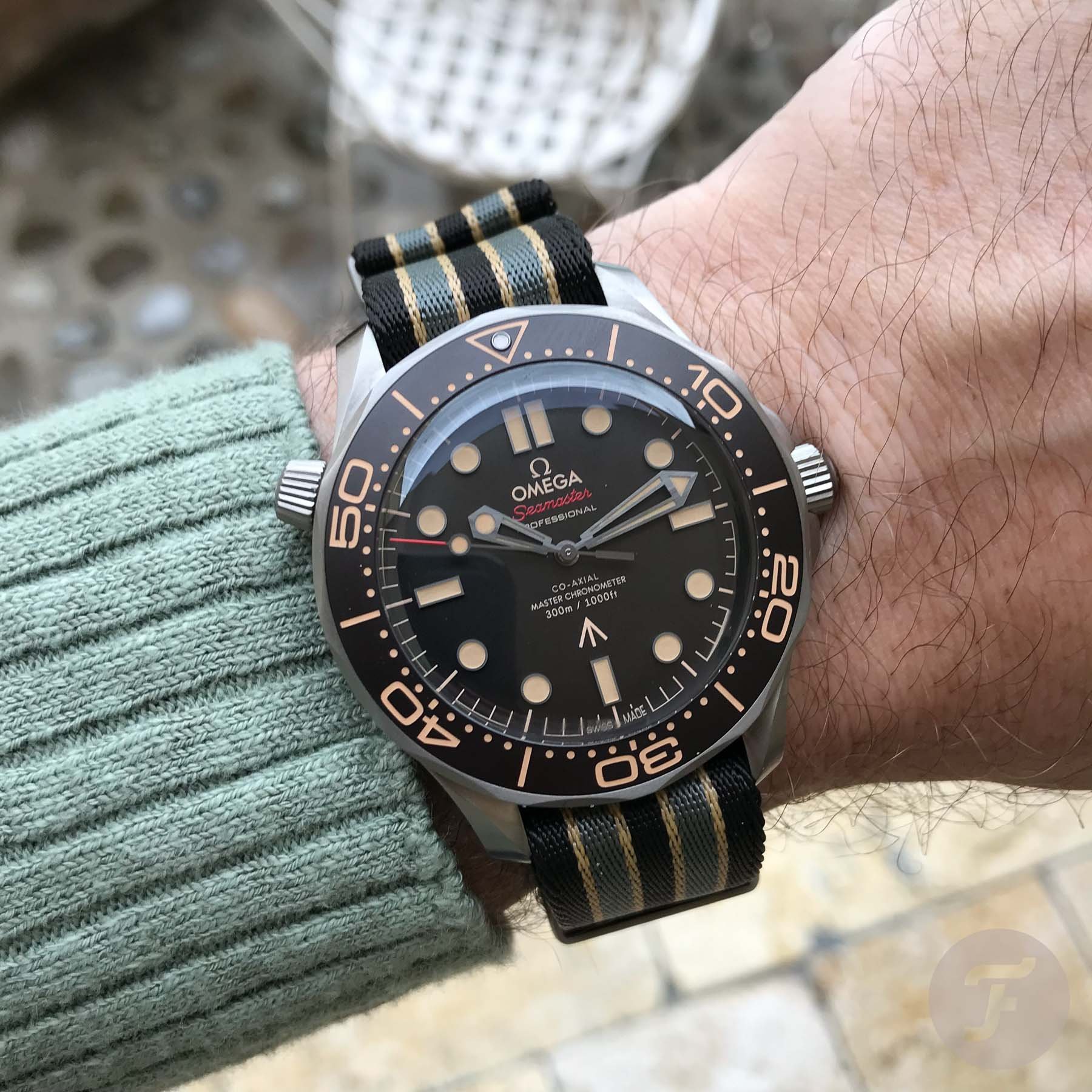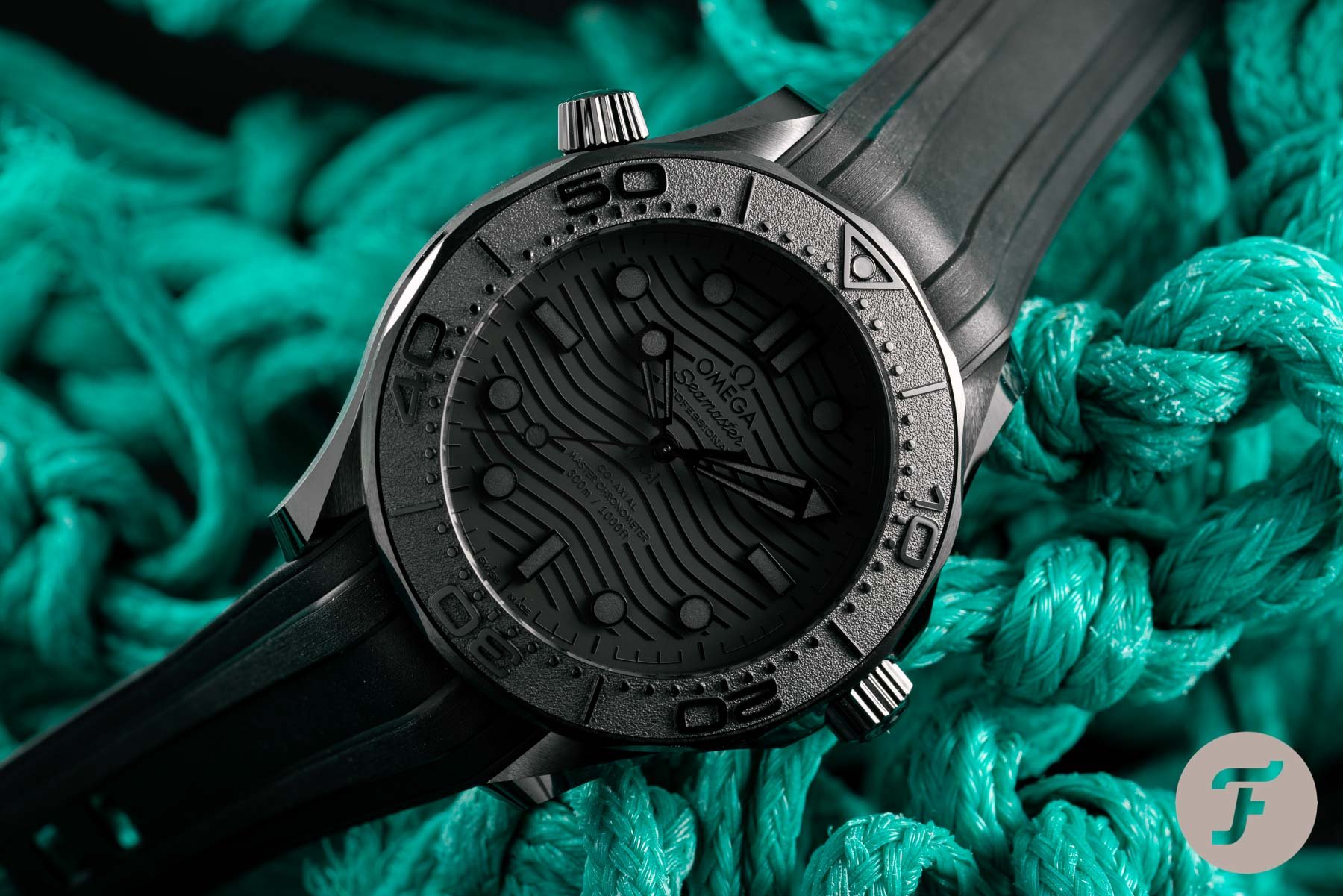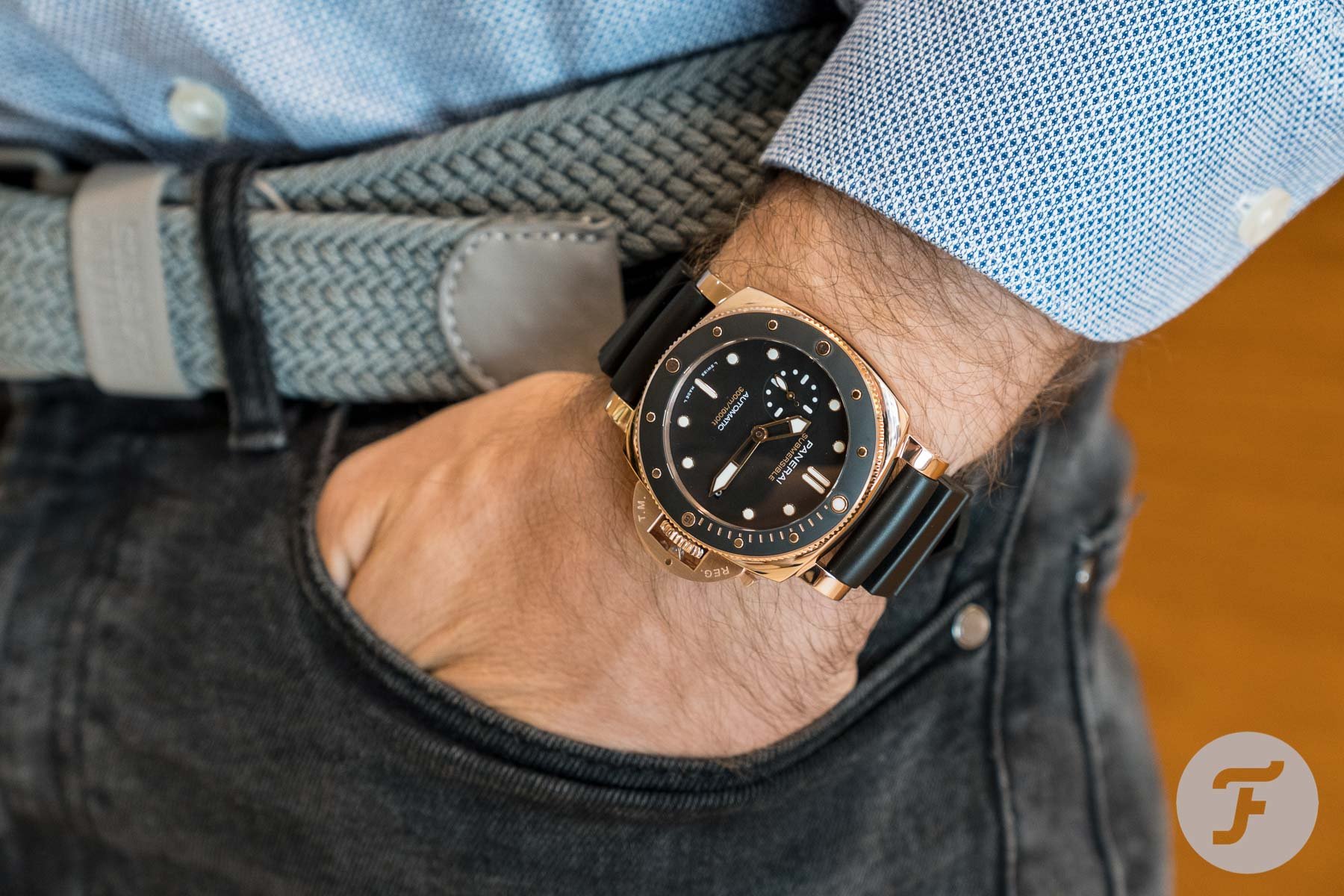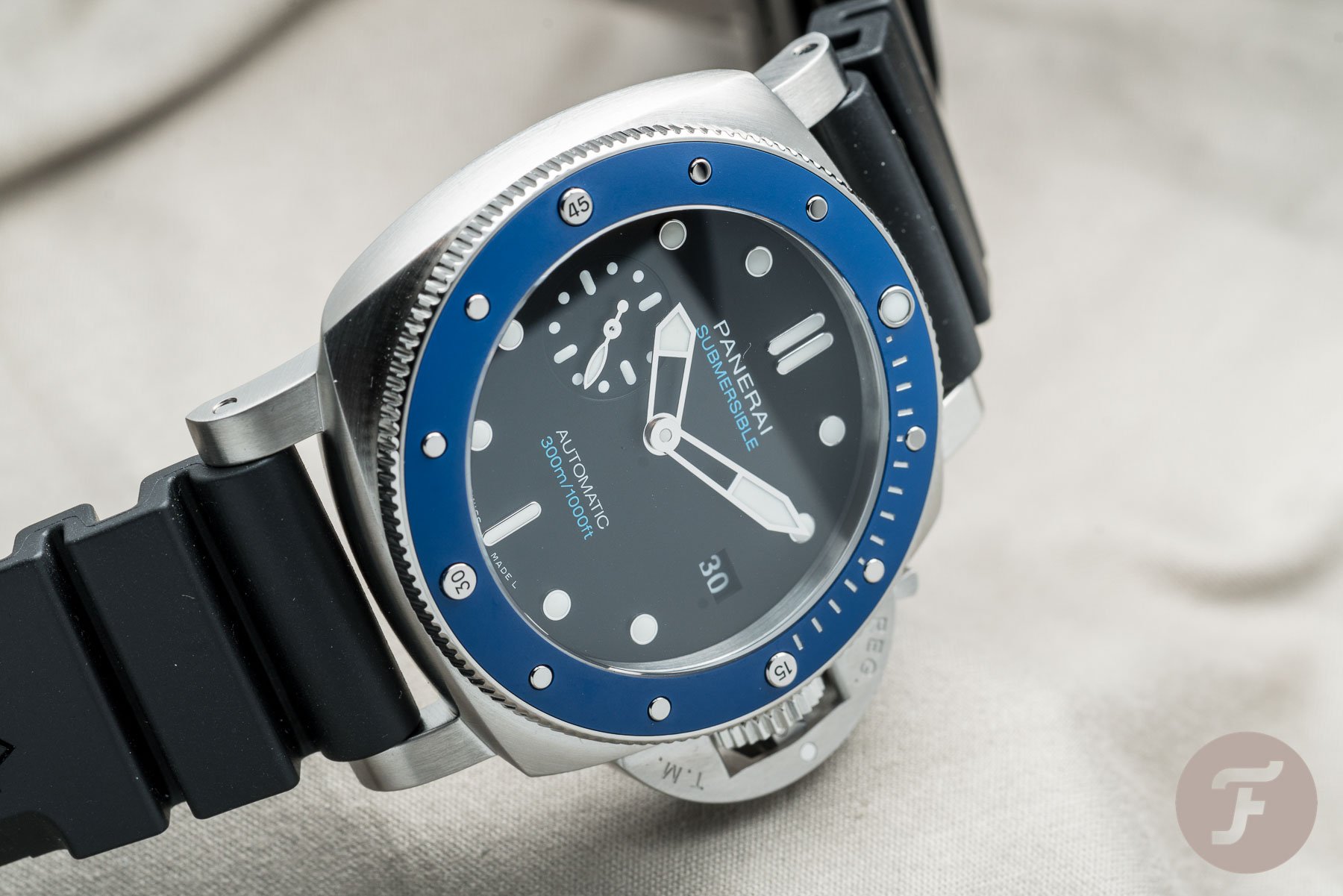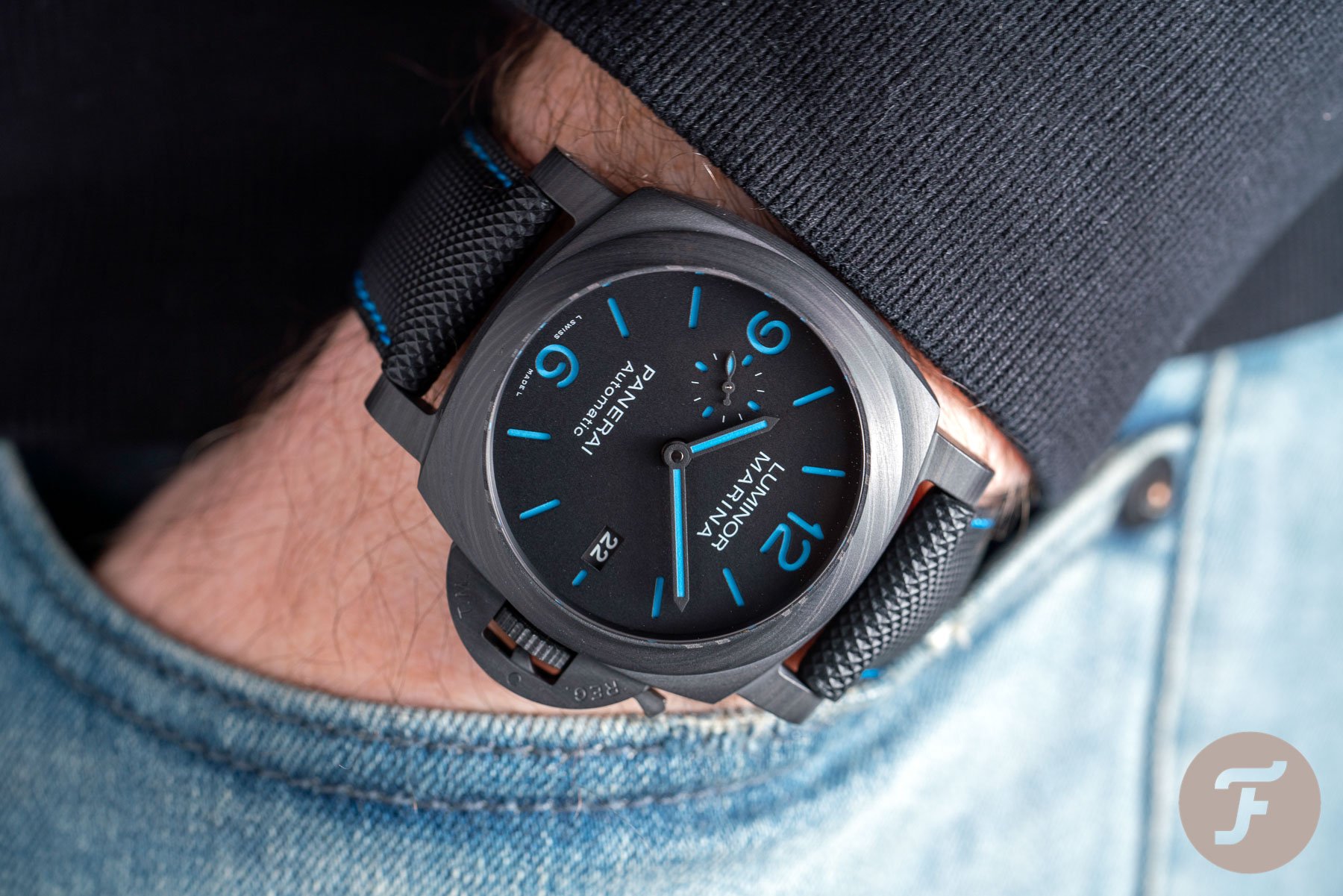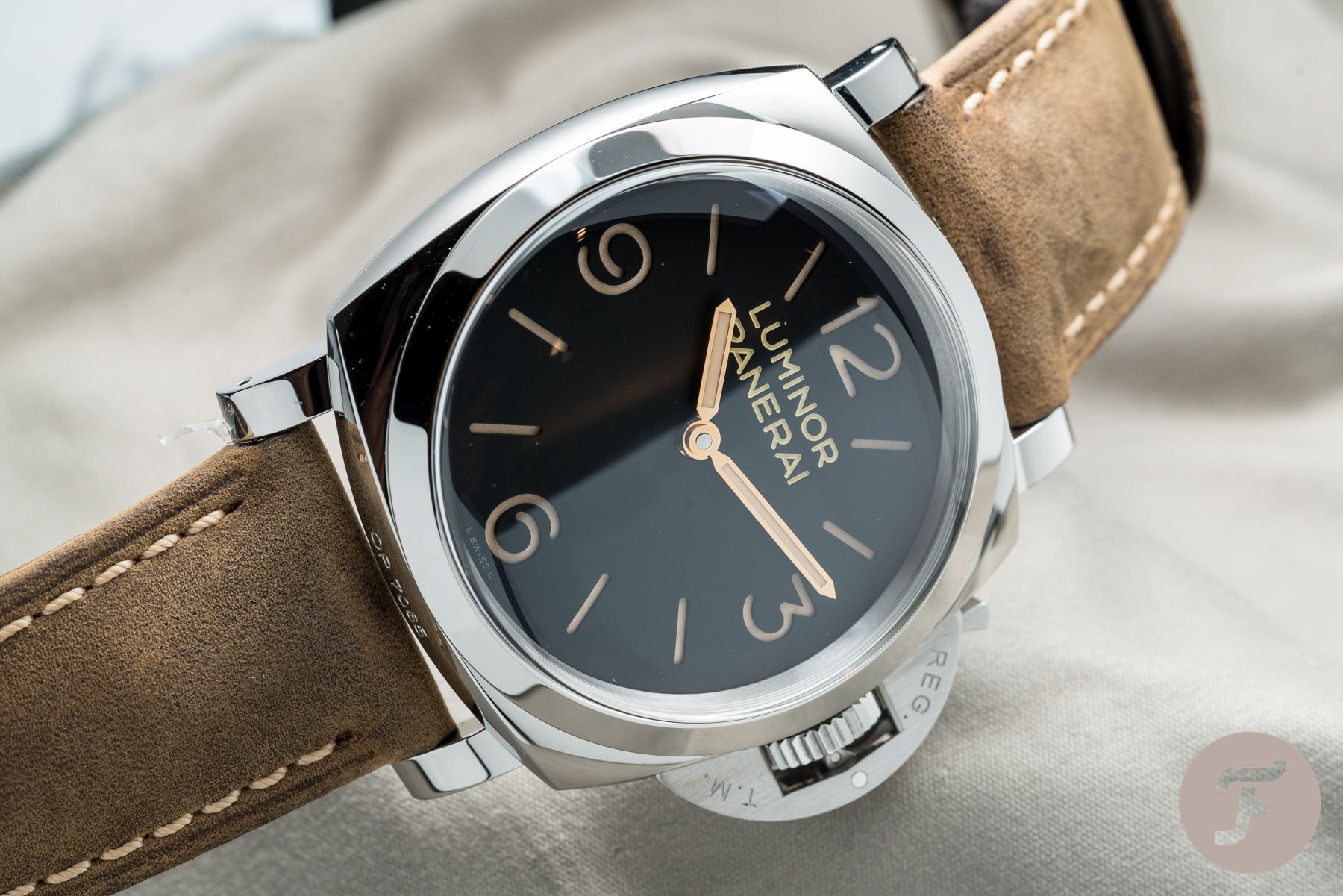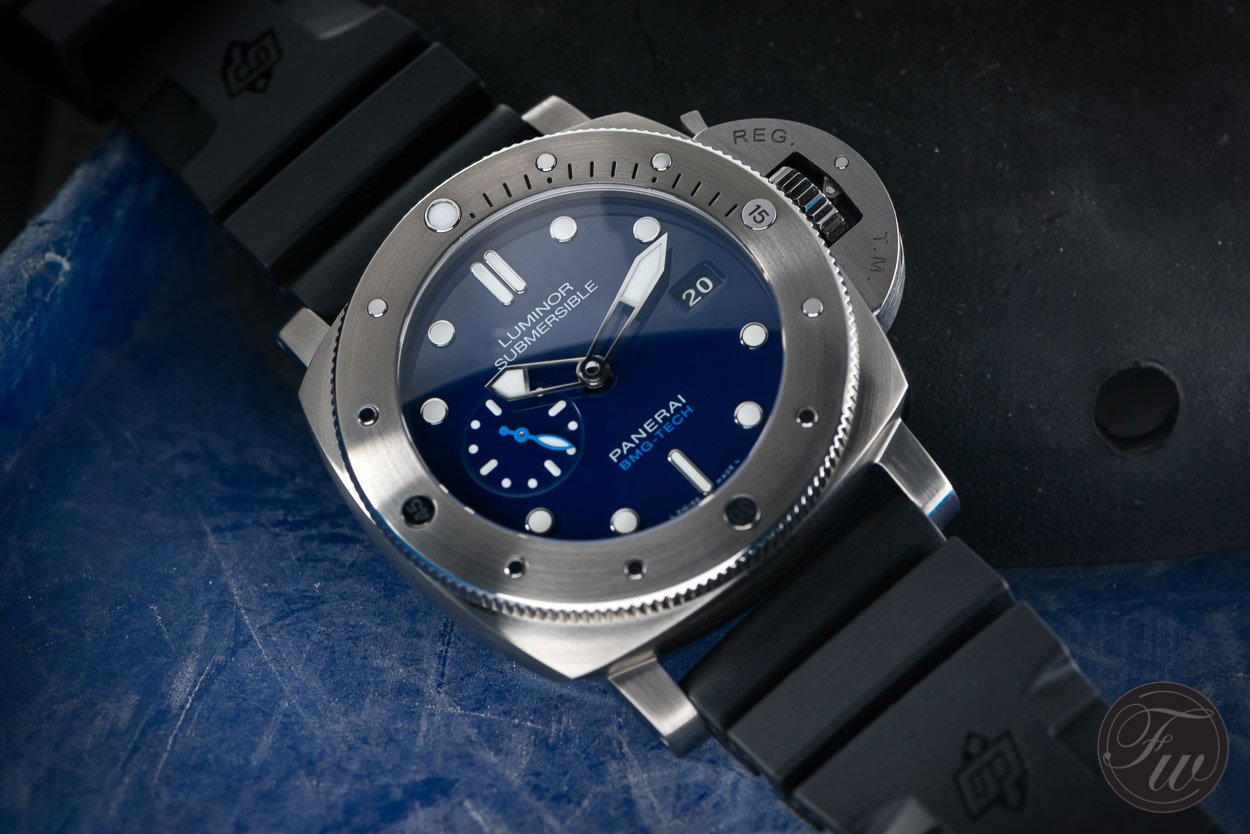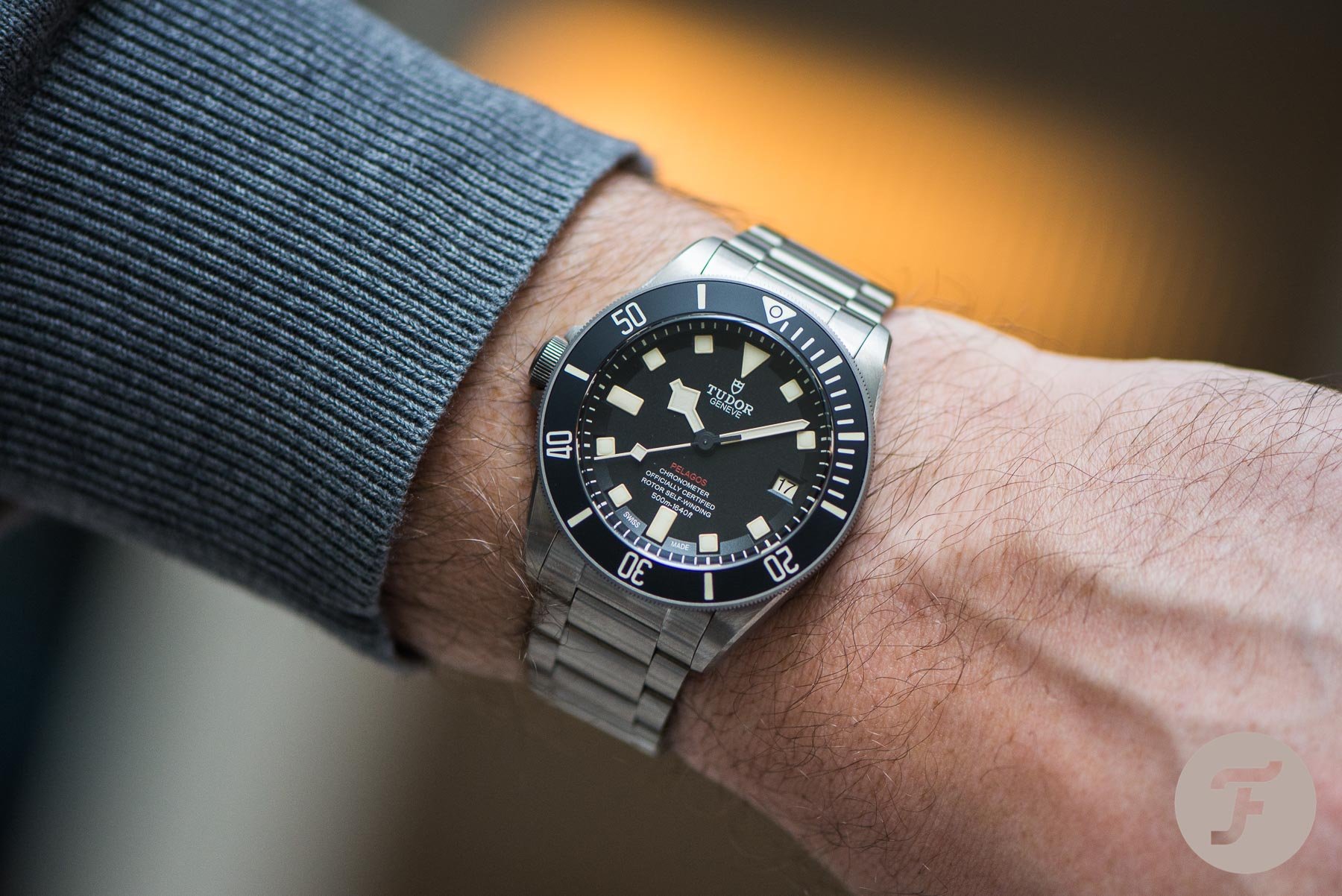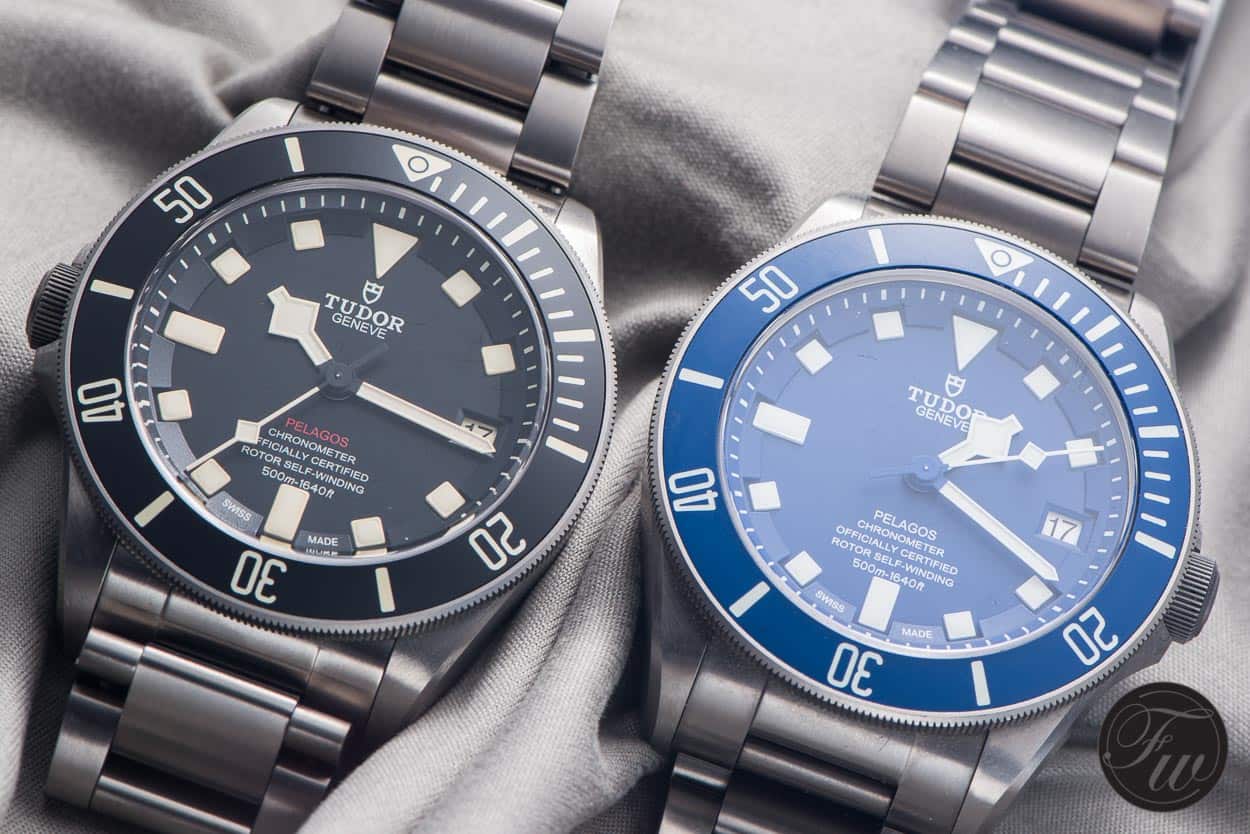Five Iconic Dive Watches That Deserve The Respect They Get — Blancpain, Rolex, Tudor, And More…
It’s a crying shame that dive watches were replaced by dive computers way back when. What could dive watches have become had we relied on them solely for measuring depth and timing how fast our body absorbs gasses before we simply run out of air and have to make an emergency ascent? Let’s not go there. There’s some technology that we should be thankful for and computerized diving equipment is one of them. Luckily though, dive watches are still just as stylish and collectible today as they were before dive computers even came onto the scene and attempted to deliver a near-death blow to these wristwatches altogether.
What’s more, despite a heavily saturated market, we haven’t forgotten those blasts from the past that really changed the course of history. We relive vintage dive watches from a bygone era every day. Endless reinterpretations of popular models that have reigned before dance before our eyes. In fact, the industry is constantly churning out a mix of new affordably priced dive watches and luxury dive tools, many of them based on some very early concepts that have shaped the way we wear watches today.
I’m talking about the ones that have influenced the way we talk about watches. I’m referring to the cardinal offenders that have burnt substantial holes in our wallets. Those that made us succumb to ridiculous waiting lists to acquire one that we can call our own. These are what we call truly iconic dive watches. With great difficulty, I’ve narrowed the list down to just five. But are there really only five luxury tool watches that capture the history of the dive watch culture? Let’s take a dip… Don’t forget to let me know what you think at the end of the article.
Blancpain Fifty Fathoms
To create a diver’s watch that will stand the test of time, an ounce of diving experience is surely key? Luckily for Blancpain, the company CEO, Jean-Jacques Fiechter was a keen diver. So accomplished was he, that Captain Robert Maloubier (a French military secret agent) approached Fiechter in his quest for a robust and legible underwater timekeeping tool to assist the French Navy SEALS with their missions. Fiechter was a man with a plan. He had the ideas. He had the skills to test the watch himself. His stewardship of the company couldn’t have been more timely. The first model was released in 1953 and since then has remained an outstanding example of an archetypal dive watch.
Fifty Fathoms
And its name, you ask? From the 12th Century onwards, sailors would measure water depth under their keel by casting a line equipped with a lead weight at the end. Pulling this line back up would enable them to measure depth per fathom — one unit of which was equal to an average man’s arm span. The maximum length that the line could measure was 50 fathoms — a name cleverly borrowed by Blancpain for its expert range of dive watches.
…dive time could never be accidentally extended.
What made the Blancpain Fifty Fathoms such an iconic dive watch was its focus on diver safety which, at the time, made an indelible mark in history. Cleverly, its unidirectional rotating bezel could be turned only one way, thus dive time could never be accidentally extended. This innovative feature ensured the diver would never outstay his welcome underwater and went on to become a standard safety requirement in dive watches thereafter.
A modern dive watch
Today, the Fifty Fathoms is a modern dive watch that, whether you like it or not, is going to guarantee you some attention. The models are identifiable by confident sizes and broad luminous hour markers that penetrate stealthy black dials. Each movement is also protected by a soft iron inner cage for optimum resistance against magnetic fields. The collection is now home to the Chronographe Flyback, Grand Date, Bathyscaphe, and Quantième Annuel models to name a few, however, the 45mm Blancpain Fifty Fathoms Automatique ref: 5015 12B40 O52A is a fine example of Blancpain’s dive watch DNA encased within a lightweight titanium bodywork for exploring down to 300 meters.
Its size, whilst an asset, doesn’t cannibalize the overall appeal of this dive watch. Instead, it bridges the gap between a watch compact enough for efficient underwater navigation but large enough to achieve considerable wrist presence. Learn more here.
At a glance:
Model ref: 5015 12B40 O52A
Case size: 45mm
Case material: Titanium
Water resistance: 300m
Dial: Blue/luminous hour markers and hands/date at 3 o’clock
Movement: Automatic/in-house/Caliber P1315/5-day power reserve
Strap: Blue fabric/steel pin buckle
Rolex Submariner
There is no arguing with this fact — the Rolex Submariner is a front crawler — not a breast-stroker. It raced to success with its patented Oyster case comprising a bezel, case back, and winding crown hermetically screwed down against a middle case section. The crown in itself was an intricate multi-part arrangement featuring a gasket system that Rolex has since gone on to refine in the form of its Twinlock and Triplock sealed zones.
A race to the top
Also embroiled in the race to create the first purpose-built dive watch was the aforementioned Blancpain Fifty Fathoms. The two manufacturers were neck and neck at this point, with the release of the first Fifty Fathoms watch in 1953 — the same year that the first initial Rolex Submariner was built, albeit not able to enter full production until the following year. Still, the Rolex Submariner’s iconic dive watch design would prevail and is now one of the most globally recognized watches of all time.
The first Submariner Date version was released in 1969, bringing a whole host of different case materials and dial colors to the catalog. And yet the no-date Submariner watch is a “no-frills” collectible that still appeals massively to purists today. Newer Rolex Submariner watches belonging to the 6-digit generation are fitted with unidirectional bezels topped with Rolex’s proprietary ceramic material — Cerachrom. These new models now come in ever-so-slightly larger cases measuring 41mm. However, the 40mm ref: 116610 remains one of the most popular and readily available modern-day dive watches on the pre-owned market. Its stainless-steel oyster bracelet with a glidelock clasp is one of its many appealing qualities, preventing the watch from becoming accidentally loosened whilst secured over the top of a diving suit.
Readily available it may be, but those pieces come at a price. The appreciation of the most recently discontinued Submariners is almost as legendary as the watch itself. If that’s the era that speaks to you most, however, you’ll be able to find a good example available for top dollar.
At a glance:
Model ref: 116610
Case size: 40mm
Case material: 904 stainless steel
Water resistance: 300m
Dial: Black / luminous hour markers and hands/cyclops date at 3 o’clock
Movement: Automatic/in-house/Caliber 3135 / 48-hour power reserve
Strap: Oystersteel bracelet/Glidelock clasp
Omega Seamaster
As one of the most diverse collections by Omega, the Seamaster line has a total of 8 sub-families and was first recognized for its impressive water-resistant case and iconic look in 1948. Worn on the wrist of James Bond since 1995, it’s easy to appreciate how the Seamaster has gained itself such a global audience. This cult-like following is leveraged of course by practical qualities that promise dustproof, shockproof, and antimagnetic capabilities. Home to the Aqua Terra, the Diver 300M, the Planet Ocean, and Ploprof models, this oldest collection of Omega watches is vast, yet the Diver 300M is possibly the most iconic of all.
Over the years the Seamaster Diver 300M has been overhauled whilst its styling and diver-friendly features have remained faithful to Omega’s famous ocean heritage. The Omega Seamaster Diver 300M ref: 210.30.42.20.03.001, for example, is a steel-on-steel version imbued with a wave-effect ceramic dial in blue, with luminous accents, a conical-shaped helium escape valve, and a screw-in crown for a watertight seal around the movement. Pictured above, we have the recently released all-black version. It is a fearsome-looking beast that has an entirely individual character. What’s more, the watch is powered by a master chronometer-certified caliber that can be admired through a tough anti-glare sapphire-backed case. Learn more here.
At a glance:
Model ref: 210.30.42.20.03.001
Case size: 42mm
Case material: Stainless steel
Water resistance: 300m
Dial: Blue wave/luminous hour markers and hands/date at 6 o’clock
Movement: Automatic / in-house / Calibre 8800 / 55-hour power reserve
Strap: Steel bracelet/folding clasp
Panerai Submersible Automatic
Strangely, some of Panerai’s very early history is submerged behind murky waters. That’s not to say we don’t know the most important facts about its heritage — namely its supply of dive watch instruments to the Royal Italian Navy, especially during World War II. The cushion-shaped waterproof case of many a Panerai watch has made for an ideal accompaniment to wearing atop of dive suits over the decades, plus Panerai can take ownership of two patented luminous materials for enhancing visibility in light-limiting conditions; Radiomir and Luminor.
These two names were subsequently adopted by Panerai to represent a couple of its most widely-recognized collections — the Radiomir, famous for its use by navy frogmen during the 1930s — and the Submersible, identified by its prominent crown protection system. But it’s the Submersible we’re looking at today. Despite Panerai ceasing its production of dive watches for the navy by the 1990s, the design language of these earlier dive watches has remained pretty much unchanged. There are no prizes for guessing why, by the way.
The fine forerunner
And if we’re talking about the Submersible as an industry icon, it would be sinful not to mention the Luminor. Why? Because the Submersible borrows many a fine attribute from the core design of this model. The Luminor’s exaggerated bridge-like crown is unmistakable. Operated by a lever, it protrudes from the right side of the case (unless, of course, we’re including the Left-Handed iterations). The Panerai Submersible adopts these same Luminor characteristics — lume-coated indexes around the hour track accompanied by a set of glowing hands, a small second sub-dial located at 9 o’clock, and a date window at 3 o’clock.
The mid ’90s
The first model was created in the mid-’90s in response to a request made by no other than famed American actor, Sylvester Stallone. Twelve prototypes were created and thus the desire for the Panerai Submersible began to flourish. Bronze, Carbotech™, and Goldtech variations are now available, too. If you want a flyback chronograph, the SUbmersible line also has you covered. And that’s not to mention vintage-inspired Luminor Submersible 1950 models. Some Submersible watches are even equipped with an impressive 2,500-meter water resistance!
Dive watches by Panerai, however, don’t come more universally appealing than the Submersible 42mm models like the ref: PAM00682. A 300-meter water-resistant brushed steel case and unique unidirectional rotating bezel surround chunky luminous hands propelled by the P.9010 Calibre. This in-house movement also supplies a 3-day power reserve. Considered Panerai’s true diving watch, the Luminor Submersible is, without doubt, a solid investment for every dive watch aficionado. Learn more about the Submersible here.
At a glance:
Model ref: PAM00682
Case size: 42mm
Case material: Stainless steel
Water resistance: 300m
Dial: Black / luminous hour markers and hands / small second sub-dial at 9 o’clock / date at 3 o’clock
Movement: Automatic / in-house / Calibre P9010 / 3-day power reserve
Strap: Black Caoutchouc rubber/steel buckle
Tudor Pelagos
Lastly, the Tudor Pelagos. First launched in 2012, the release of the Tudor Pelagos coincided with the first of the brand’s Heritage Black Bay models. The difference? The Pelagos swapped the classic look for a sportier one. A very humble 500-meter water resistance was paired with a high-contrast dial, a unidirectional rotating bezel, and a screw-locked crown. Although backed by its sibling’s bank account and having leaned on Rolex for its parts and components in the past, the Tudor Pelagos announced its presence with authority.
…the Tudor Pelagos is perhaps one of the youngest dive watch icons to emerge onto the market.
Creeping closer to matching Rolex’s output, its unquestionable design was here to stay, eventually switching out its ETA 2824 movement for a home-grown MT5612 Calibre in 2015, earning its badge of honor for its first in-house manufactured movement. The Tudor Pelagos is perhaps one of the youngest dive watch icons to emerge onto the market.
A modern classic
Grade 5 titanium was chosen as the case material for the Pelagos ref: M25600TN-0001. This material has great resistance to saltwater. Its anti-corrosive properties are complemented by its lightweight feel once strapped to the wrist. The matching titanium bracelet is paired with an innovative helium escape valve, a diver’s bezel with a ceramic matt black disc, and a strong anti-glare sapphire crystal glass front. It is one of the industry’s finest GADA (Go Anywhere, Do Anything) watches out there. It isn’t the slimmest diver on the market, but if you want wrist presence, brand cachet, and a decent price tag, its hard to go wrong with the Pelagos LHD.
At a glance:
Model ref: M25610TNL-0001
Case size: 42mm
Case material: Titanium
Water resistance: 500m
Dial: Black/luminous hour markers and hands/date at 3 o’clock
Movement: Automatic/in-house/Calibre MT5612-LHD/70-hour power reserve
Strap: Titanium bracelet/folding clasp/safety catch/patented extension system
What do you think of these choices? Which models don’t deserve to be on the list and which ones I’ve left off do? Let us know in the comments section below. We’d love to hear your take on the most classic dive watches. What makes them and their designs so enduring.

